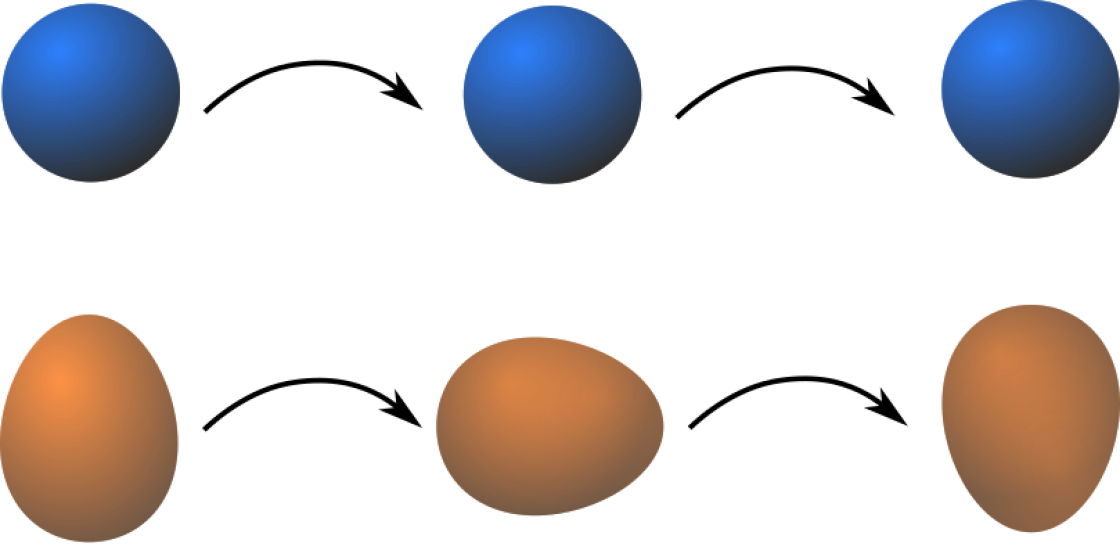Is the universe symmetric? If not, exactly how asymmetric is it, and in what ways?
This poetic-sounding question is actually central for physicists who are working to improve our understanding of how the universe works. Over the past century, physicists have expanded our knowledge of the universe to a remarkable degree – but some pernicious mysteries remain unsolved.
We are struggling to understand exotic sounding phenomena such as dark matter and dark energy, which make up the majority of the universe. On an even more fundamental level, physicists remain unable to explain why the universe is even made up (in part) of matter at all – in other words, why are we here? The best models we have predict that the early universe would have contained nearly equal parts matter and antimatter. Eons ago, the matter would have annihilated when it met the antimatter, meaning that the universe of today would be made entirely out of light and energy.

An egg has an asymmetry which is lacking in a sphere, as demonstrated by this rotational comparison of the two objects. From start to finish, the orientation of the egg can be distiguished, while the sphere has no meaningful orientation.
The fact that our universe contains matter belies a deep asymmetry in Nature’s laws which we have yet to uncover.
One of the ways physicists try to answer questions like this is by smashing particles together in very large, very expensive, and very amazing particle colliders. However, there is another way to search for the new laws of the universe; and it is smaller, cheaper, and requires only a small room and a few graduate students. That way is precision measurement. By very precisely measuring something fundamental, physicists can begin to untangle mysteries such as the make-up of our universe.
In our lab, we are trying to measure if the electron, one of the fundamental particles of the universe, is a little bit oblong. This oblongey-ness is a kind of asymmetry: a perfect sphere is one of the most symmetrical objects possible. You can turn it any way you like and it always looks the same. An egg, on the other hand, betrays its orientation quickly; one can easily tell if it’s one way up vs the other. If the electron were oblong, it too would be asymmetric.
The potential asymmetry of the electron would reflect a deep asymmetry in our universe and help us to understand why, in essence, we are here. We are working to measure this asymmetry.
Current EDM subgroups
There are currently two subgroups in the JILA EDM group. Click on the links below to find out more!



